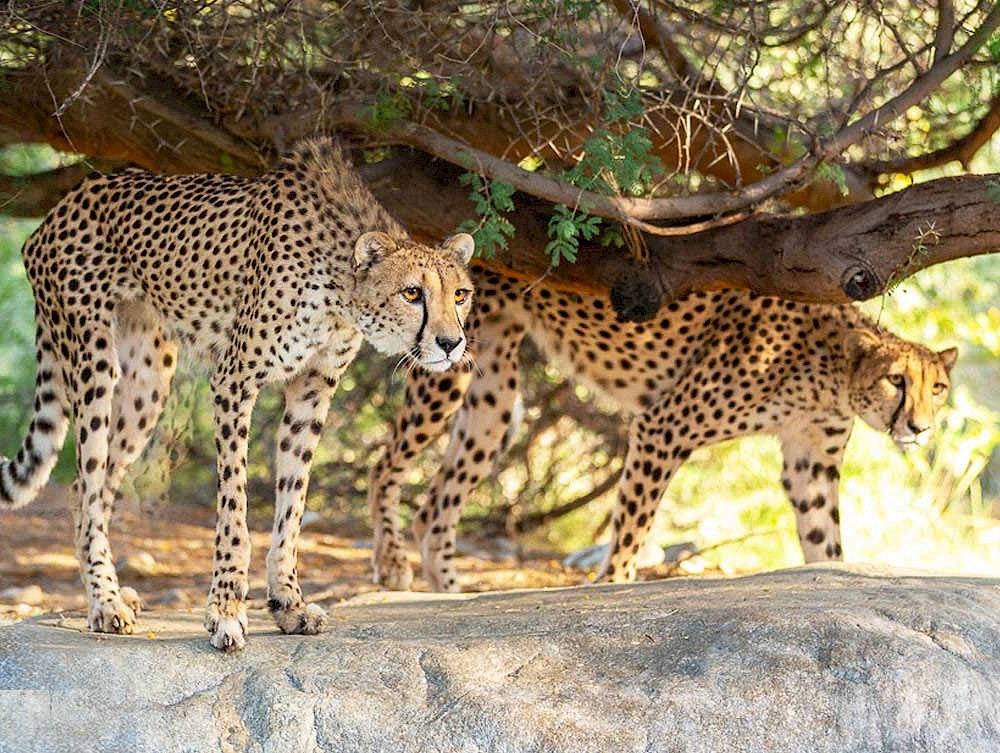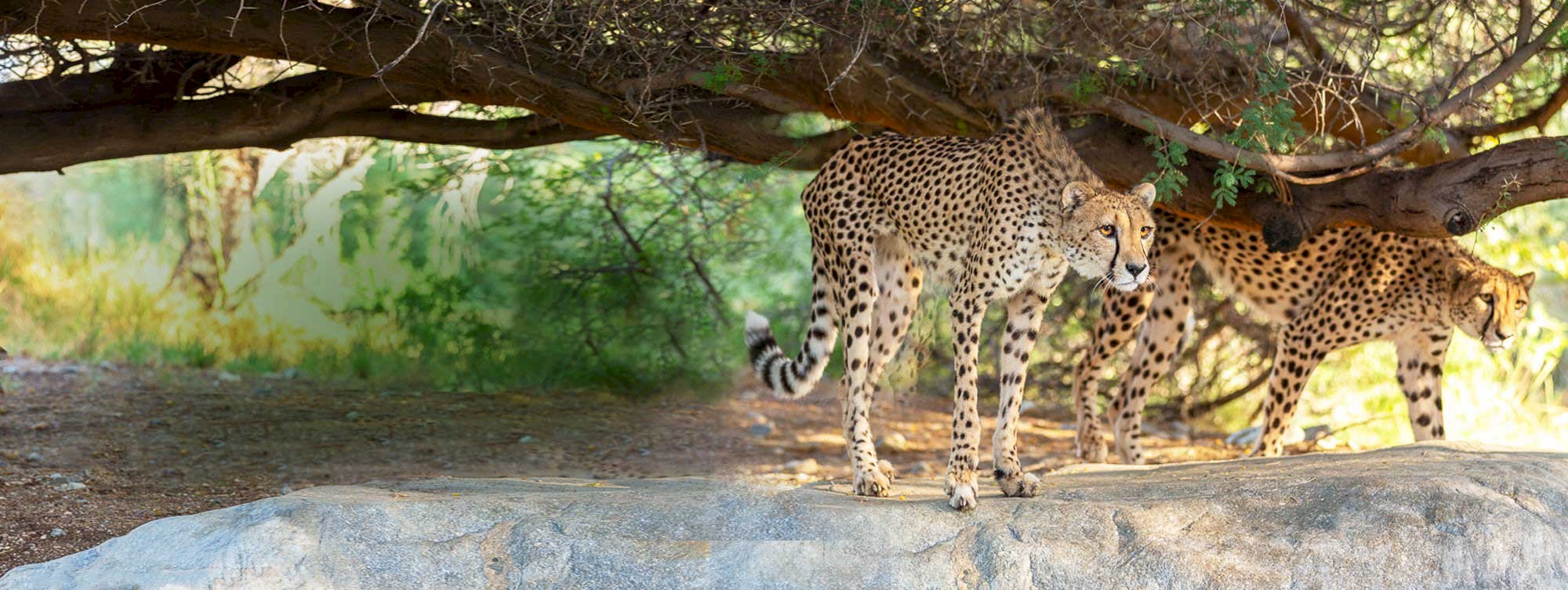Earth Day 2022
April 22, 2022
By Allen Monroe, President & CEO
April 22nd marks the 52nd anniversary of Earth Day. You would think something as important as our planet would get national attention more often than one day a year, plus it has to share the day with Take Your Children to Work Day and National Jellybean Day. Here at The Living Desert Zoo and Gardens, we treat every day as Earth Day as we work to inform and inspire our guests to appreciate and take steps to protect the natural world.
The troubles facing our planet are immense, ranging from habitat loss, climate change and the exploding human population. The consequences are troubling and are likely to get worse if we do not clean up our act.
Scientists estimate the extinction rate for species that call Earth home is 1,000 times higher than the natural background rate. That means about 50,000 species are lost to extinction each year. That is 3-5 species every hour of every day. Many of the iconic species we grew up with (giraffes 80,000 left, lions 20,000 left, cheetahs 7,000 left, black rhinos 6,000 left) are at danger of slipping away. Will a Disney cartoon be the only way our grandkids will know these animals? While zoos and our conservation partners have saved some memorable species from extinction like the American bison, California condor and Mexican wolf, our efforts are dwarfed by the challenges ahead.
If you think it has been hot lately, you have not seen anything yet. The hottest 20 years recorded have been the last 20. The National Weather Service updates the “normal temperature” every decade using the previous 30 years of data. It was from 1981 – 2010 and will now be 1991 – 2020. So, when the TV meteorologist says today’s temperature is 5o hotter than normal, they have raised the bar and there is nothing normal about it. This increase in temperature is due to additional greenhouse gasses we dump into the atmosphere, about 110 million tons every 24 hours primarily from the burning of fossil fuels.
There is one constant factor that contributes to the profound changes our plant is experiencing and that is the growing human population. Currently, there are just under 8 billion people on Earth. There were 2 billion 100 years ago. The rate of population growth has been slowing in recent decades and if that trend continues from its current 1.08% down to 0.1 %, the human population will number 10.9 billion at the end of this century. That is 3 billion more people who will need houses, streets, schools, and stores. But won’t they also need clean air, water, and natural areas with wildlife?
While it is easy to throw up your hands and say what can I do because the challenge is daunting, the good news is that there is a clear course of action that can put our planet back on a sustainable trajectory. We have a choice and more importantly, we know what to do. Let’s transition our economy to sustainable green energy that does not damage our planet and we will benefit with clean air and water. Let’s accelerate the declining rate of population growth by improving the educational opportunities for women, providing access to reproductive education with access to contraceptives and improve childhood healthcare around the world. Finally, let’s set aside large area of the natural habitat (forest, grasslands, desert, coral reefs, and open ocean) from development and extractive industries so the planet can recover from the damage we have done and create a stable health world.
Earth Day might only come once a year, but let’s act like it is important every day. Join The Living Desert Zoo and Gardens and other conservation groups to let politicians and world leaders know that we need a sustainable long-term vision to save our Earth. It is the only one we have.









